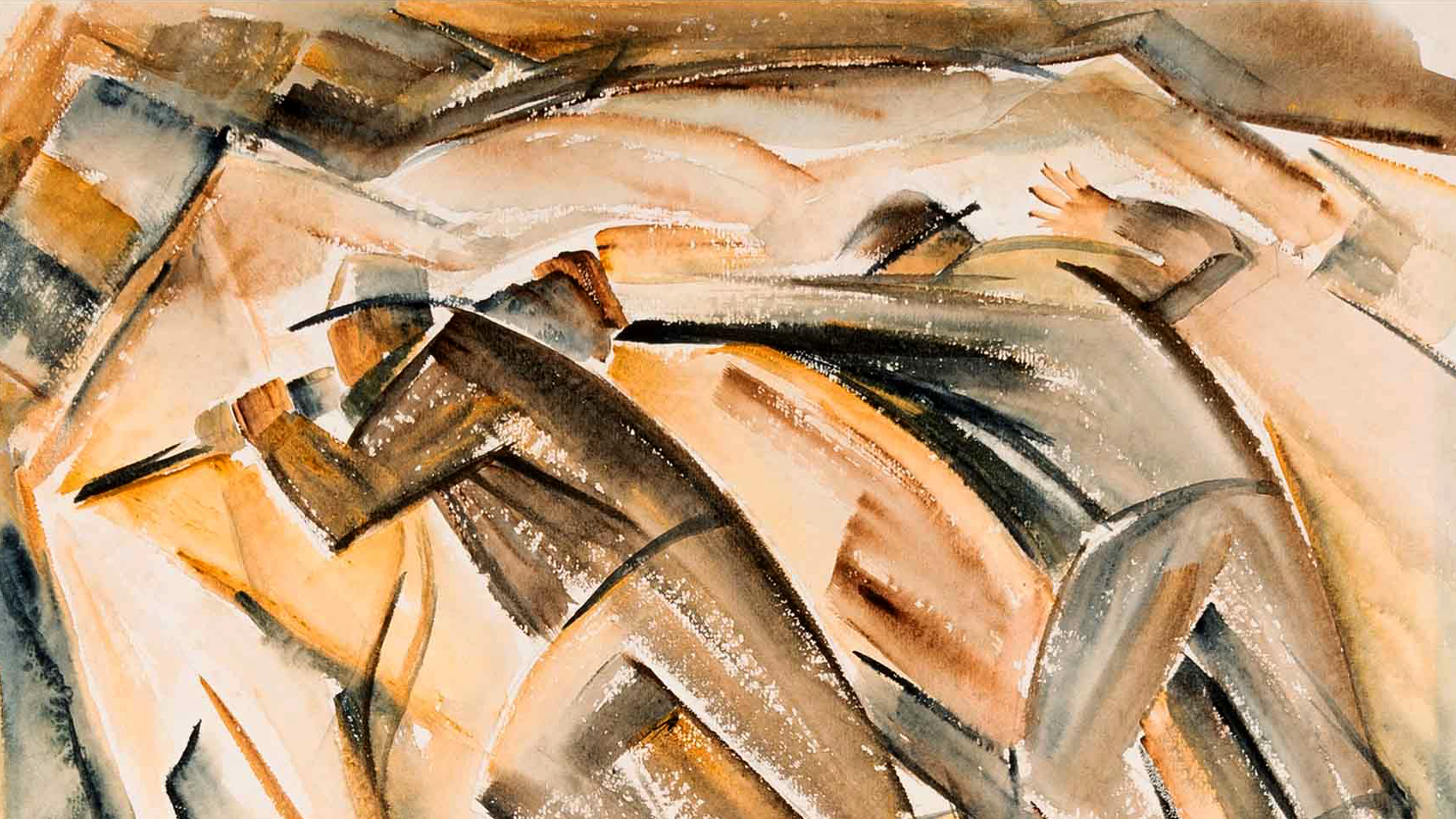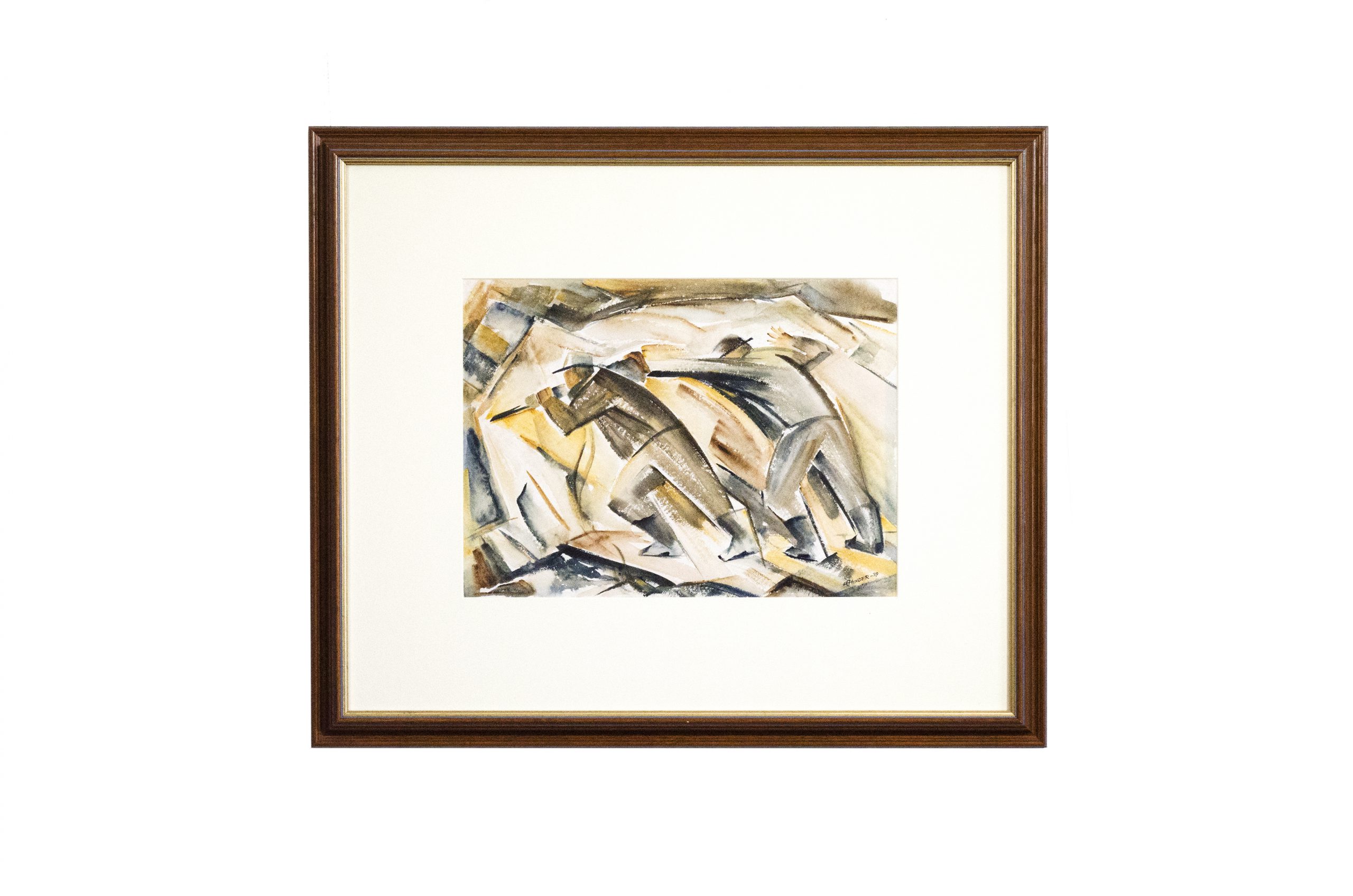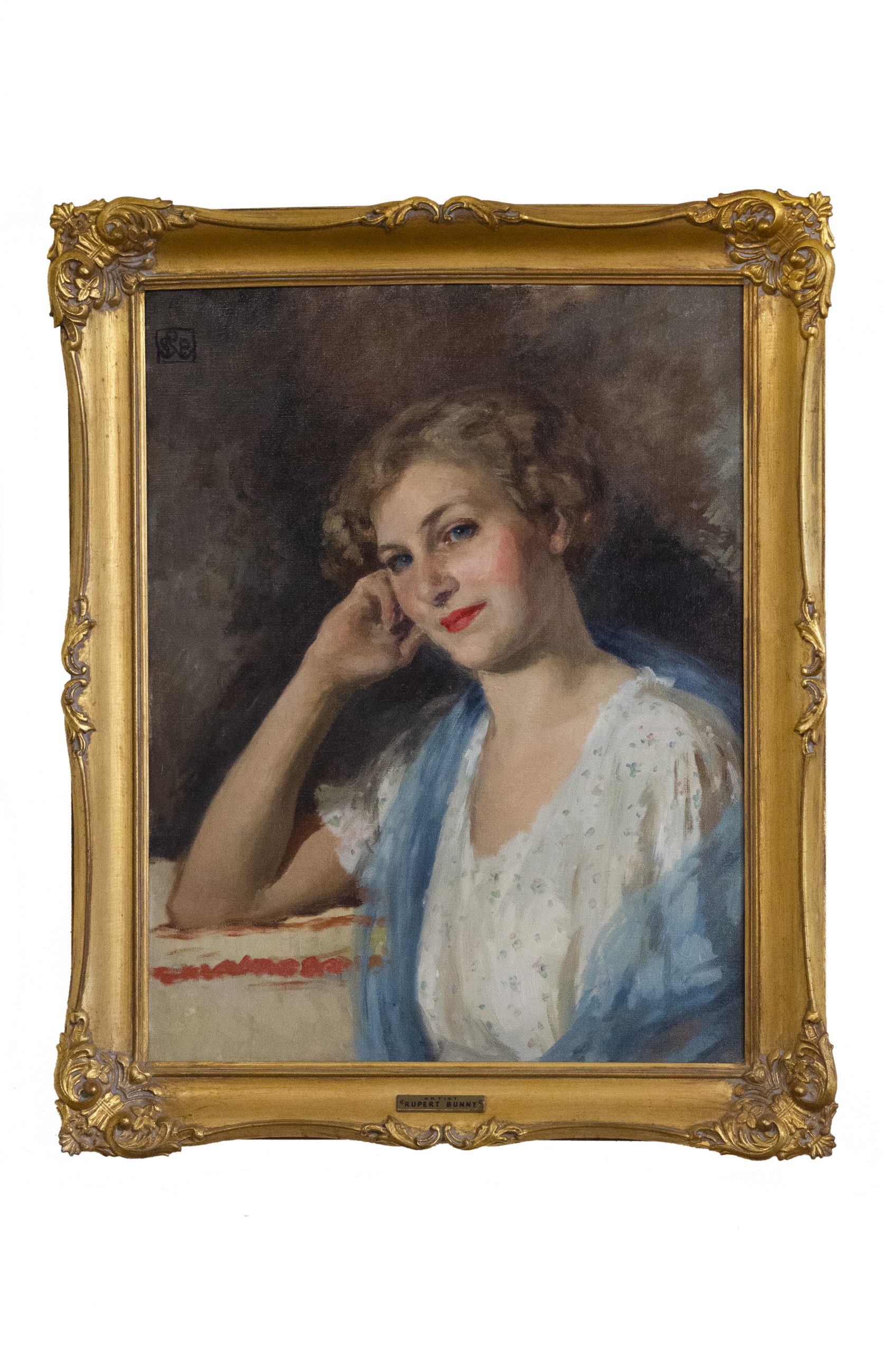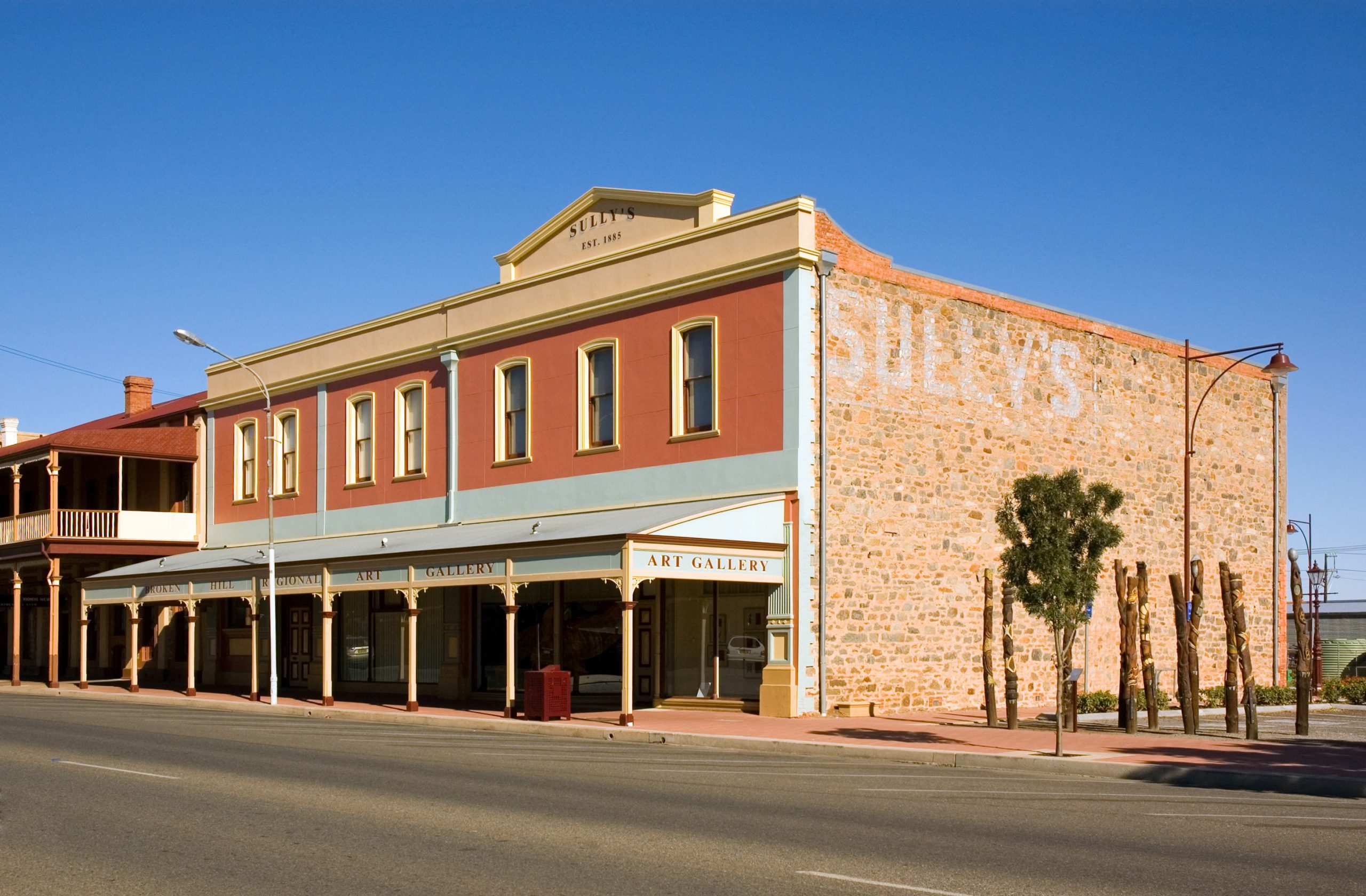The Green Industrialist
The Unsung Story of W S Robinson
Nephew of the first Prime Minister of the Commonwealth, Edmund Barton, William Sydney Robinson (1876-1963) was an industrialist, journalist and diplomat. Robinson was also a philanthropist at heart and made several donations of art from his personal collection as well as on behalf of the Zinc Corporation to the town’s art gallery. Among them were a watercolour by Frank Hinder, one of Australia’s most renowned proponents of abstraction, and a portrait of a young woman by Rupert Bunny.
One of Robinson’s lesser-known exploits was his visionary collaboration with Broken Hill’s amateur naturalist and bush regenerator Albert Morris.The residents of Broken Hill had long been at the mercy of cruel winds and dust storms that engulfed the town and left mounds of sand in their wake. Sometimes the wind was so severe and visibility so low that people couldn’t find their front gates. Robinson was the Managing Director of the Zinc Corporation and had plans to expand the enterprise, but he needed to find a way to control the dust. With the help of his manager, A. J. Keast, Robinson set out to find a solution.
The pair had dinner with Albert Morris, an assayer from the Central Mine who had a theory that bush regeneration was the way forward. Although Morris had tested his ideas in his home garden, they had never been rolled out on a large scale. The people of the town scoffed at the thought of planting trees in the desert, but Morris had found a firm ally in Robinson, who had attended agricultural college and studied soil conservation before he became an industrialist.
In 1936 Robinson gave Keast the go-ahead to move forward with the plan, believing that Morris’ theory was sound. Camel teams ploughed irrigation furrows in a fenced area near the Zinc Corporation, thousands of seedlings were planted and a grey water tank provided gravity-fed irrigation using waste-water from the mine’s changing rooms.
Much to his delight, the project was a success and the Barrier’s shifting sands no longer hampered his plans for expansion of the mine. Following Robinson’s lead other mining companies also adopted Morris’ techniques, which led to a greener, more liveable town.






